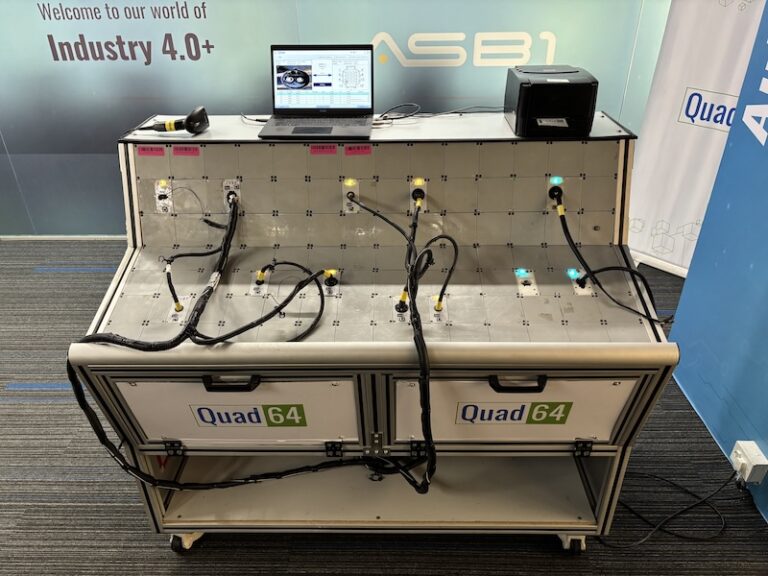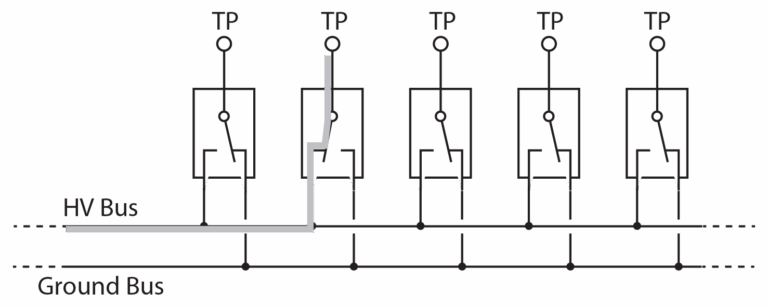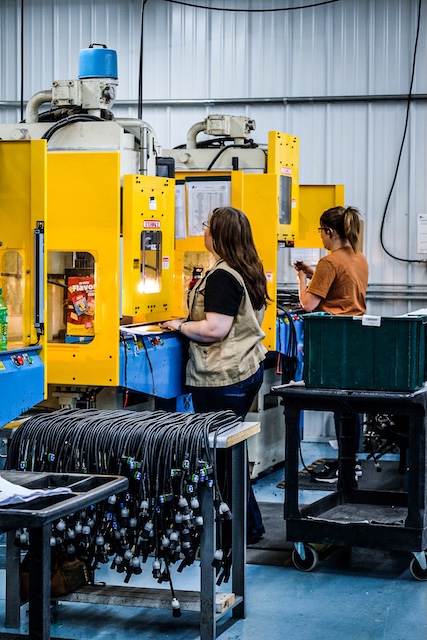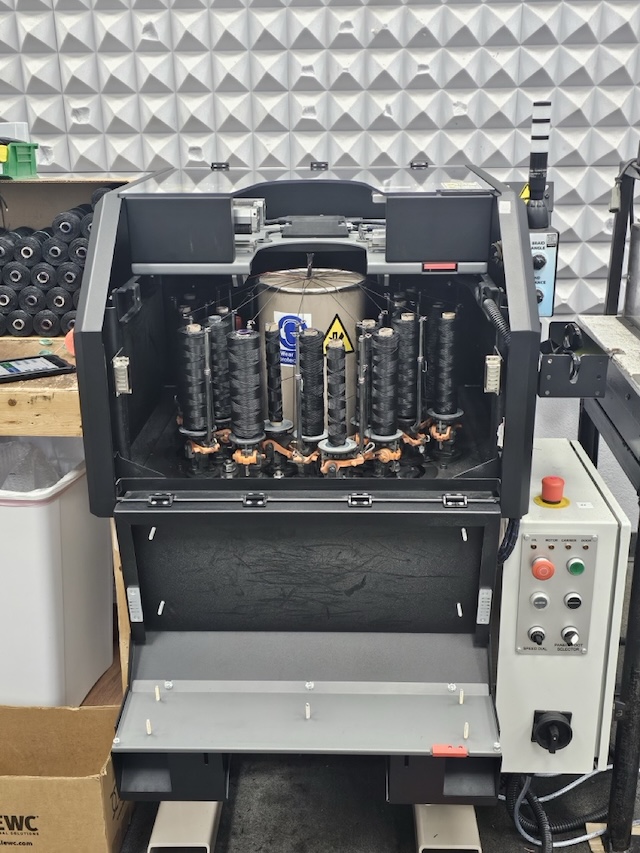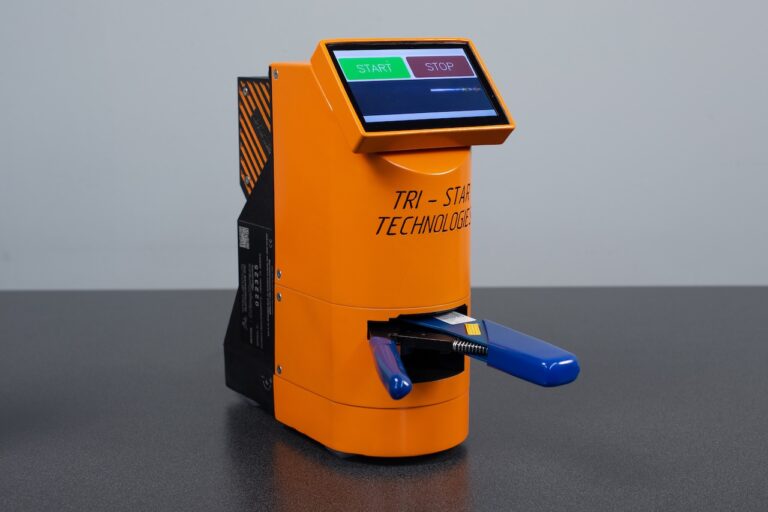By Paul Hogendoorn –
Good riddance to 2022. What a crazy year that was, but will 2023 be any different?
It will be the same in that it will be a year of many changes, but it will be different in that while the changes in 2022 were mostly reactionary, most of the changes in 2023 will be prescribed, intentional or proactive.
Manufacturers did an admirable (amazing!) job throughout the pandemic, keeping their plants open, their people employed, and their customers supplied with the products they required or wanted. Throughout that period, they adapted by having “non-hands on” personnel work from home and realigning shift schedules to optimize the time for when there were workers in-plant. (Many of my customers found it was possible to get all the production done each week in 2 shifts and 5 days rather than needing extra hours during the week and a half shift or more on weekends. This lead more than one of them to quip: “see what happens when management gets out of the way?”) It was a time of adjustment, and learning, and refinement for many of them.
And then came the supply chain challenges, and as most manufacturers know, there is no such thing as 95% complete; you are either 100% on time or 100% late. One missing part and you are not shipping a product, but instead, managing and working around a growing inventory of work in process, tying up space and capital. The reshoring sentiment of the years before the pandemic became a reshoring objective and mandate to mitigate supply chain concerns caused by the pandemic.
And on top of that, manufacturing lost a large part of its workforce. Some of that was anticipated with the last of the baby boomer generation reaching retirement age, but the pandemic years caused a lot of younger people to change how they felt about work, and how they wanted to spend their time. The manufacturing workforce was shrinking at the same time our industries were reshoring.
In 2022, like they always do, manufacturers adapted, adopted, and prevailed. (It’s why I love manufacturing – no waiting for someone else to figure it out and come up with a program or plan to fix it for you, just figure it out along the way and get ‘er done!) That’s a manufacturer’s world: its not done until it’s shipped, and not shipped unless it’s done, and not invoiced until it’s done and shipped. Week in, week out, 52 weeks a year – regardless of circumstance.
Here’s how things will be different in 2023. Manufacturers did what they had to do just to get through each of the last few tumultuous years, but in 2023, they will take the lessons they learned ad-hoc, along the way, and intentionally make changes to build on their resilience by adding more agility through effective selection and deployment of technology. For at least the last 10 years, people having been “interested in” or “talking about” Industry 4.0, the Industrial Internet of Things (IIoT), MES systems, and digital transformation. (It’s why I cofounded FreePoint, 10 years ago last month). In 2023, many are going to be intentional and actually do it. The reason most manufacturers haven’t started in these directions is because these things are all indirect to what they do or know. They are comfortable spending hundreds of thousands of dollars on a new, high speed milling machine, or new automated workstations, because they know what those things do for them and understand the value those things deliver to the product they produce. Technology or software that improves their operations indirectly was not something they were as comfortable with, because its not what they innately knew.
But that ice has been broken. Many manufacturers had no choice the last few years but to start to experience what new digital technology could bring and what immediate problems it could solve. It let them have engineers and management work effectively from home. It let them move information around on the plant floor without moving pieces of paper. It let them dynamically make changes to their production schedule as daily (and even hourly) circumstances changed. In short, they started seeing and experiencing these technologies as effective tools that helped them get their product out the door rather than just the next new buzz-word thing that they were expected to adopt sometime in the future. The benefits became real, tactile and tangible, because they experienced them.
In 2023, I sense a very strong difference in attitude towards Industry 4.0, the IIoT, MES and digitization than previous years. In previous years, it was something companies aspired to, or felt compelled to think about, and maybe even start to plan for. In 2023 however, there is a strong intentionality to do it. It is no longer a reactive change but a proactive one.
Here’s to a productive 2023!
If you have questions or comments, Paul Hogendoorn can be reached at [email protected]

























